Drip coffee, known for its convenience and consistent quality, is a favorite brewing method for coffee lovers around the world. Whether you’re new to brewing coffee or looking to perfect your technique, this guide will take you through the essential steps to make a delicious cup of drip coffee.
What You’ll Need
- Coffee Maker: A standard electric drip coffee maker. Something like our “Fellow Aiden Coffee Maker“ or the ”Chemex Ottomatic 2.0 Brewer"
-
Coffee Grinder: For the freshest taste, use a burr grinder. We recommend our “Fellow Oden” or the “Fellow Opus”.
-
Fresh Coffee Beans: Quality beans from a reputable source like Uai Coffee.
-
Filtered Water: Avoid tap water if it’s heavily chlorinated or impure.
-
CoffeeFilters: Paper or reusable filters.
-
Measuring Tools: A kitchen scale or measuring spoon.
Step-by-Step Guide
1. Choose Your Coffee
The quality of your coffee beans significantly impacts the final taste. Opt for freshly roasted beans from a trusted roaster. At Uai Coffee, we offer a variety of beans, such as:
-
Toriba: Notes of chocolate, sweet and smooth.
-
Esperança: Fruity with a pronounced acidity.
- Oliveira: Sweet with notes of rapadura..
2. Measure Your Coffee
The standard ratio is about 1:15 to 1:18 coffee to water. For a balanced cup, start with:
-
For one cup (250ml/8oz): Use 15-18 grams (about 2-3 tablespoons) of coffee.
Using a kitchen scale ensures precision, but a measuring spoon can work if you don’t have one.
3. Grind Your Coffee
Grind your beans just before brewing for the freshest flavor. The grind size should be medium, similar to table salt. Too fine, and your coffee might taste bitter; too coarse, and it may be weak.
4. Adjust the Water Temperature Based on Roast Level
The temperature of the water is crucial for extracting the best flavors from your coffee. Different roast levels require slightly different water temperatures:
-
Light Roast: Use water at the higher end of the temperature range, around 200-205°F (93-96°C). Light roasts are more dense and benefit from hotter water to properly extract their bright and acidic flavors.
-
Medium Roast: Aim for a water temperature between 195-200°F (90-93°C). This balance helps to bring out the sweet, balanced flavors typical of medium roasts without over-extracting bitterness.
-
Dark Roast: Use water at the lower end of the temperature range, around 190-195°F (88-90°C). Dark roasts are less dense and more soluble, so slightly cooler water will prevent over-extraction and bitterness, allowing the rich, bold flavors to shine.
5. Prepare the Coffee Maker
-
Insert the filter: Place a paper filter in the basket or use a reusable one.
-
Add the coffee grounds: Evenly distribute the coffee grounds in the filter.
-
Add Water: Use filtered water for the best taste. Fill the coffee maker’s water reservoir with the appropriate amount of water for the number of cups you’re brewing.
6. Adjust Brewing Time Based on Coffee Volume
The brewing time can vary depending on the amount of coffee you’re making. Here’s a guide for precise brewing times based on the volume of brewed coffee:
-
1-2 Cups (250-500ml): 3-4 minutes
-
3-4 Cups (750-1000ml): 4-5 minutes
-
5-6 Cups (1250-1500ml): 5-6 minutes
-
7-8 Cups (1750-2000ml): 6-7 minutes
-
9-10 Cups (2250-2500ml): 7-8 minutes
This range allows the water to properly extract the flavors from the coffee grounds, resulting in a well-balanced brew.
7. Wait and Enjoy
Once brewing is complete, pour the coffee into your favorite mug. Enjoy it black to fully appreciate the nuances of the beans, or add milk and sugar to taste.
Tips for the Perfect Brew
-
Freshness matters: Use fresh, high-quality beans and grind them just before brewing.
-
Clean your equipment: Regularly clean your coffee maker to avoid off-flavors.
- Experiment with Ratios: Adjust the coffee-to-water ratio to find your preferred strength.
-
Mind the water: Use filtered water to prevent impurities from affecting the taste.
Troubleshooting Common Issues
-
Bitter coffee: Try a coarser grind, lower the water temperature, or use less coffee.
-
Weak coffee: Use more coffee or a finer grind.
-
Sour coffee: Use hotter water or increase the brewing time.
Conclusion
Brewing the perfect cup of drip coffee is an art that combines quality ingredients, precise measurements, and a bit of patience. By following these steps and experimenting with different variables, you can enjoy a consistently delicious cup of coffee every time. Explore the variety of beans from Uai Coffee to discover your favorite flavors and make your daily coffee ritual truly special.
Happy brewing!

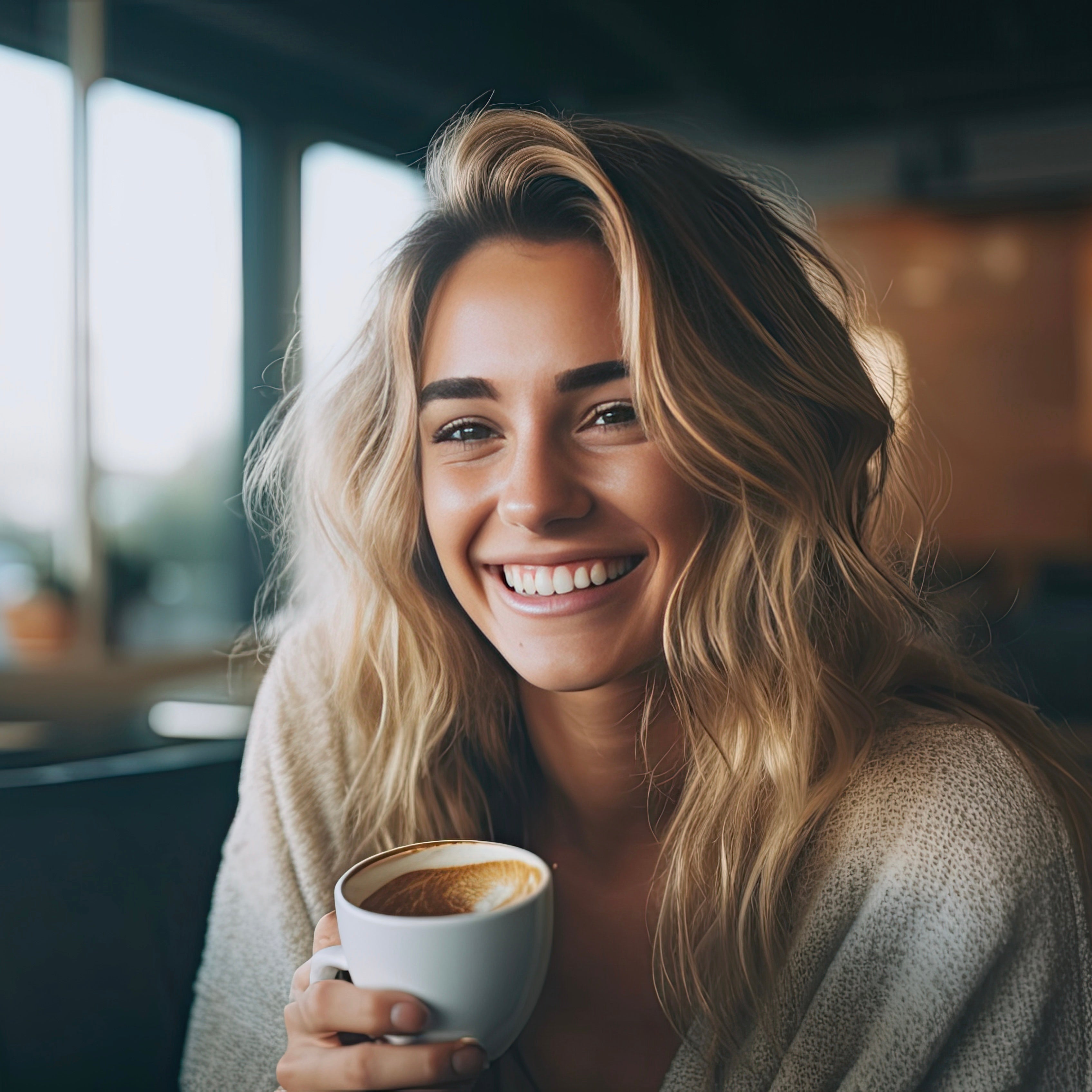
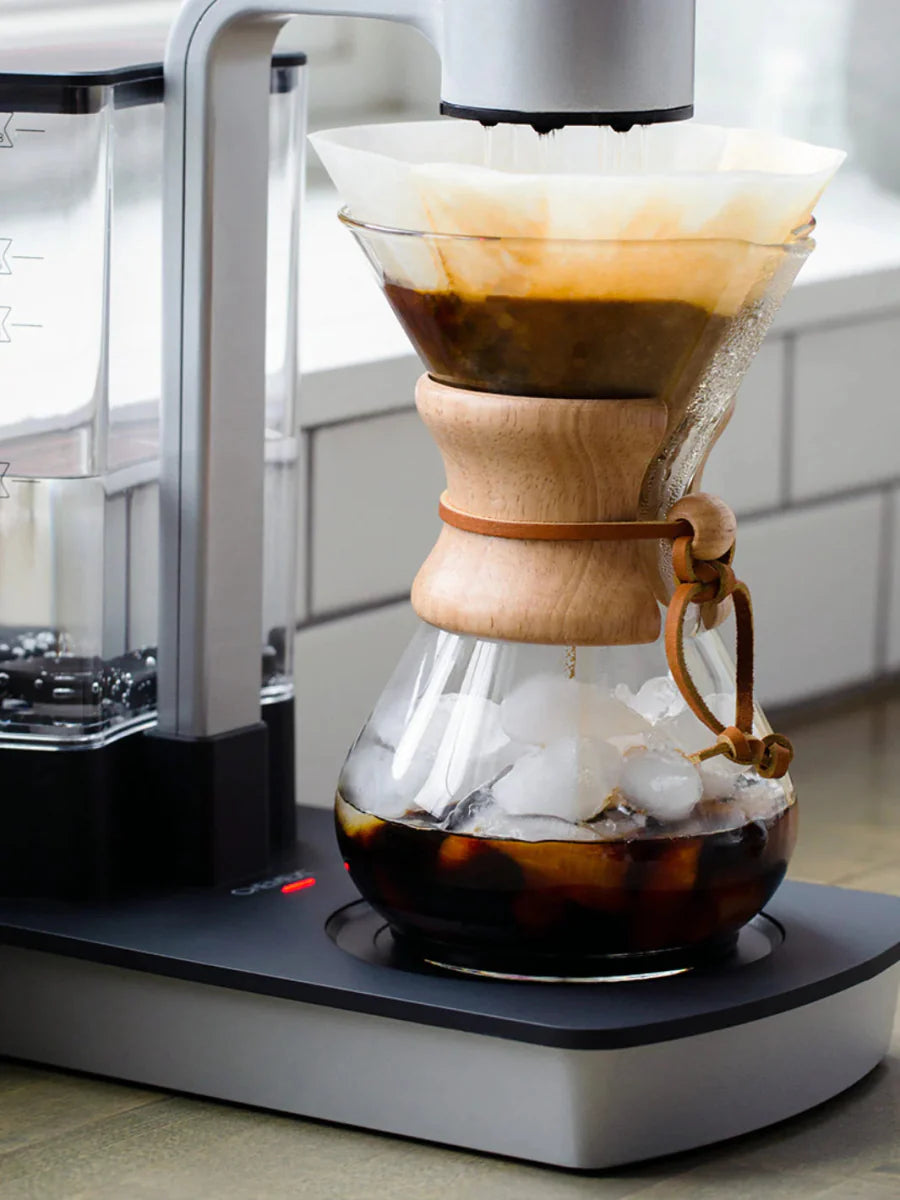
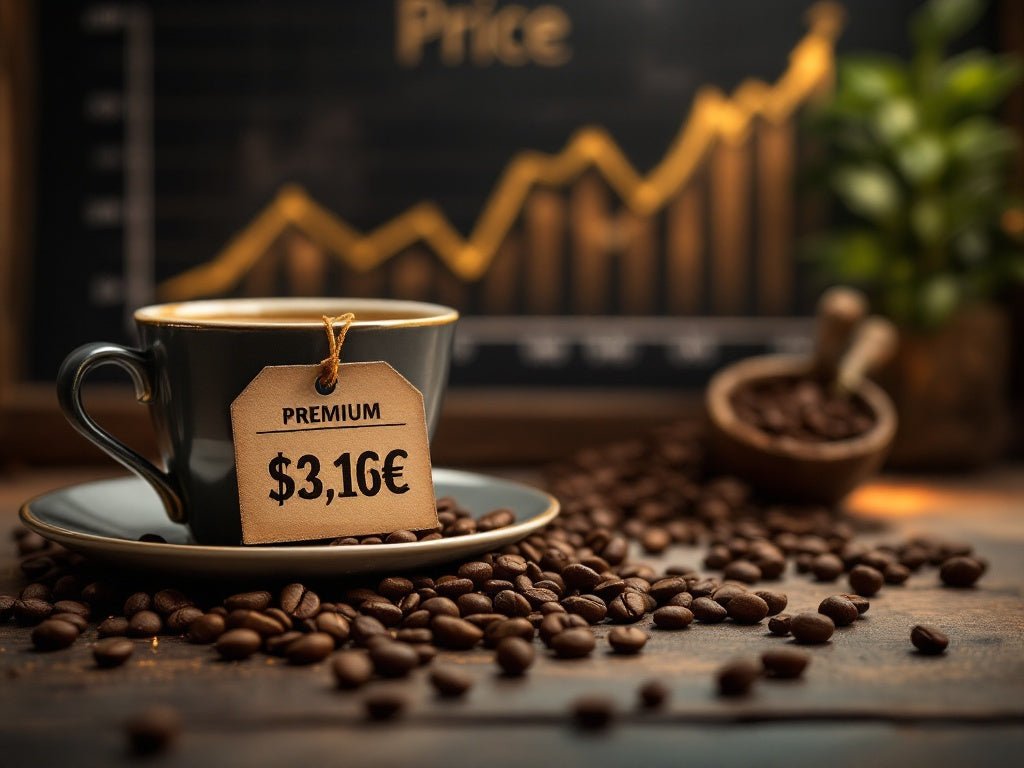
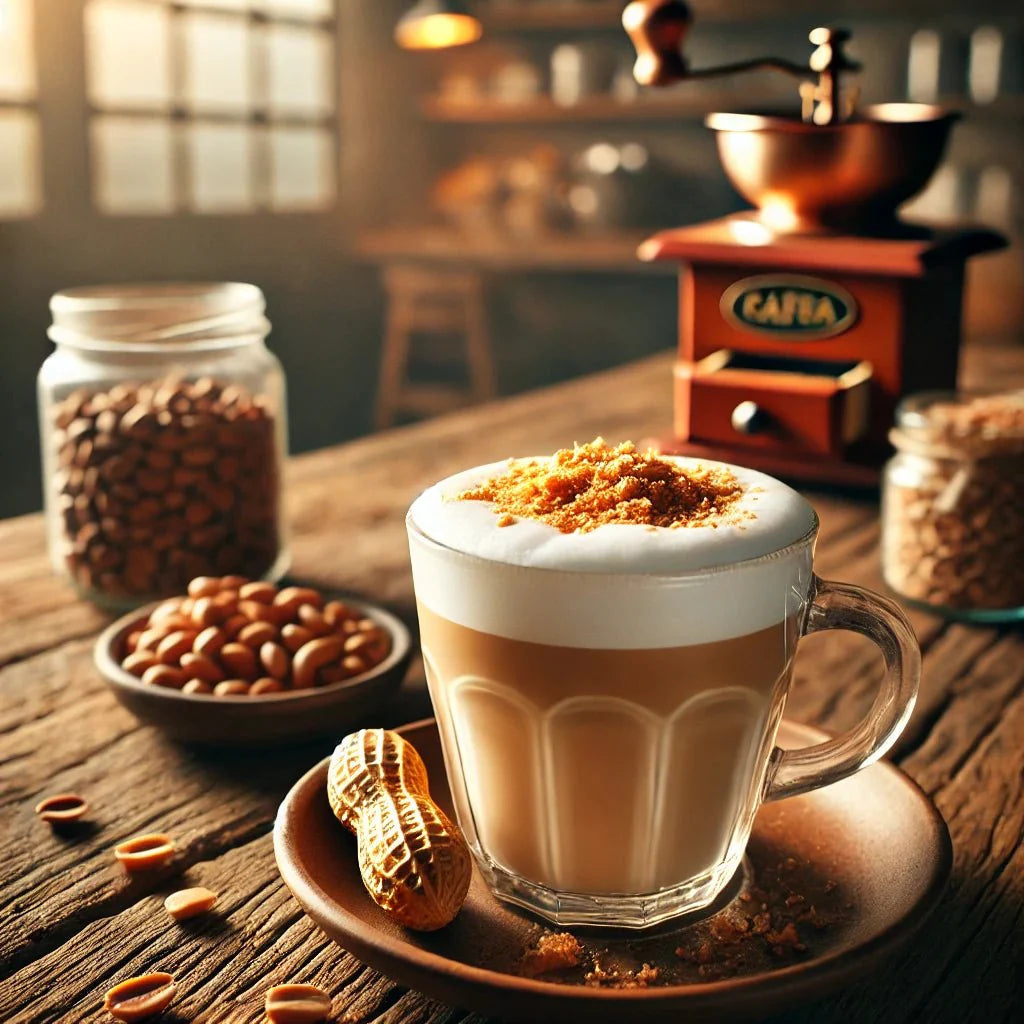
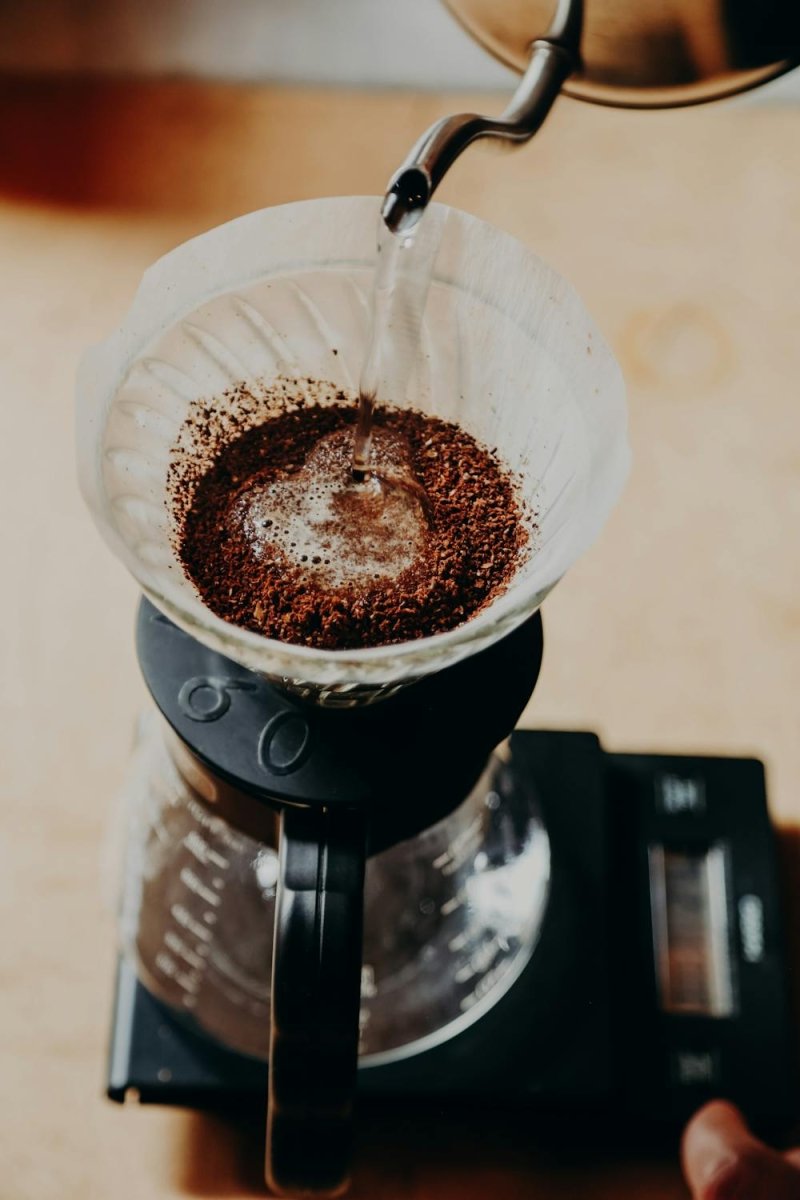
Share:
Mastering the Perfect Espresso: Recipes for 22.5g Coffee Dose
The Art of Coffee Extraction: Understanding Over-Extraction and Under-Extraction